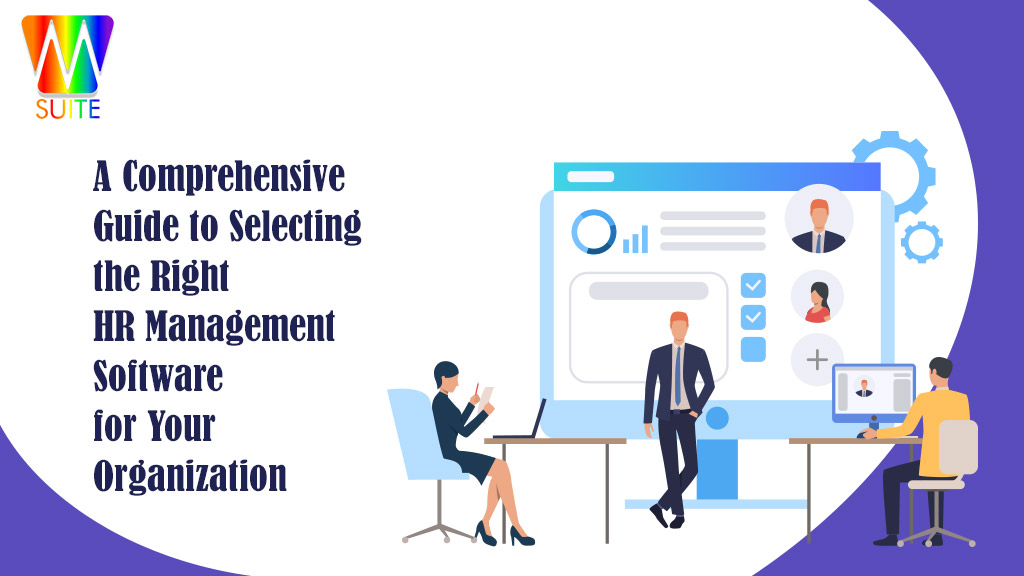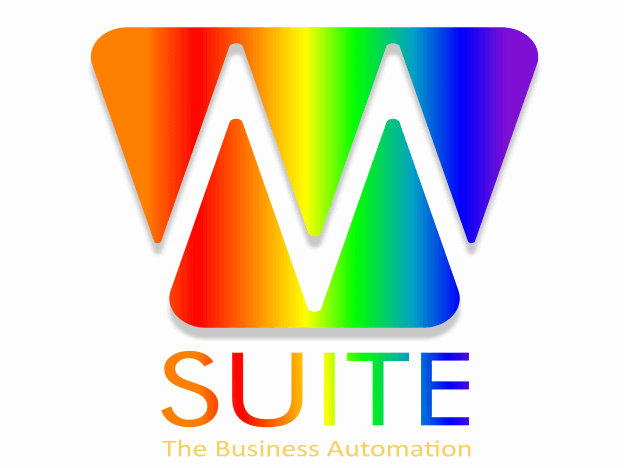2024-05-24
A Comprehensive Guide to Selecting the Right HR Management Software for Your Organization

Selecting the right HR management software for your organization is a critical decision that can significantly impact the efficiency and effectiveness of your HR operations. With a myriad of options available in the market, it's essential to approach the selection process methodically. This comprehensive guide will walk you through the key steps and considerations to ensure you choose the software that best fits your organization's needs.
Understanding Your Requirements
Before diving into the selection process, it's crucial to understand your organization's specific HR needs. Consider the following:
• Size of Your Organization: The number of employees will influence the scalability and complexity of the software required.
• Current HR Processes: Evaluate your existing HR processes to identify areas that need improvement.
• Future Growth: Anticipate the growth of your organization and choose software that can grow with you.
• Compliance Needs: Ensure the software meets local and international compliance requirements.
Key Features to Look For
When evaluating HR management software, consider these essential features:
• Employee Information Management: A centralized database for storing and managing employee data.
• Recruitment and Onboarding: Tools for streamlining the hiring process, from job postings to employee onboarding.
• Time and Attendance Tracking: Features for monitoring work hours, leaves, and absences.
• Performance Management: Systems for setting goals, conducting reviews, and managing feedback.
• Learning and Development: Modules for employee training and professional development.
• Benefits Administration: Capabilities to manage employee benefits programs.
• Payroll Integration: Seamless integration with payroll systems for accurate and timely payments.
• Reporting and Analytics: Robust reporting tools for data-driven decision-making.
• User Experience: An intuitive interface that is easy to navigate for all users.
• Mobile Accessibility: Access to HR functions on-the-go through mobile apps or responsive design.
Evaluating Vendors
When you start evaluating vendors, consider the following:
• Reputation and Reliability: Research the vendor's track record and customer reviews.
• Customer Support: Look for vendors that offer comprehensive support and training resources.
• Customization: The ability to customize the software to fit your unique processes.
• Integration: Ensure the software can integrate with your existing systems.
• Security: Evaluate the security measures in place to protect sensitive HR data.
• Cost: Understand the pricing structure and ensure it aligns with your budget.
Requesting Demos and Trials
Once you have a shortlist of potential vendors, request demos and trials:
• Demos: Schedule live demos with each vendor to see the software in action.
• Trials: If possible, opt for a trial period to test the software in your environment.
Gathering Feedback
Involve end-users in the evaluation process:
• HR Team: Get feedback from your HR team who will be using the software daily.
• Employees: Consider the impact on the employee experience and gather their input.
• IT Department: Ensure the IT team assesses the technical aspects of the software.
Making the Decision
After thorough evaluation, it's time to make a decision:
• Compare Options: Weigh the pros and cons of each option against your requirements.
• Check References: Speak to other organizations that have used the software to get firsthand insights.
• Negotiate Terms: Work with the chosen vendor to negotiate the best terms for your organization.
Implementation and Beyond
Once you've selected the software, focus on a smooth implementation:
• Implementation Plan: Develop a detailed plan for rolling out the software, including timelines and responsibilities.
• Training: Provide comprehensive training for all users to ensure a smooth transition.
• Change Management: Address any resistance to change and communicate the benefits of the new system.
• Ongoing Evaluation: Continuously assess the software's performance and make adjustments as needed.
Conclusion
Choosing the right HR management software requires careful consideration of your organization's needs, a thorough evaluation of available options, and the involvement of key stakeholders. By following this comprehensive guide, you can make an informed decision that will streamline your HR processes, enhance employee satisfaction, and contribute to the overall success of your organization.
MSuite is one of the best choice for you due to quick support and customized option as per your business needs.
